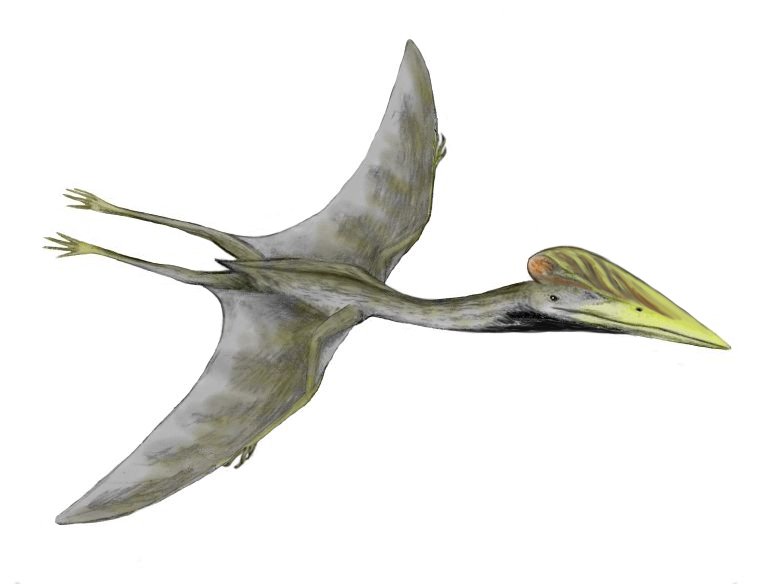Burmese pythons are already known for being able to eat whole deer, alligators, and even the occasional human arm. But what happens after the meal has always been a mystery in biology. How do these snakes digest not only flesh but also whole skeletons without getting too many minerals? A new type of intestinal cell that acts like a tiny bone-recycling plant, breaking down calcium-rich skeletons and safely getting rid of the extra, was found in a groundbreaking study published in the Journal of Experimental Biology. The find not only solves a mystery in herpetology that has been around for a long time, but it also makes us wonder how other bone-eating predators, like Gila monsters and bearded vultures, might deal with the same problem.
The Bone-Digesting Enigma: How Pythons Avoid “Calcium Overdose”
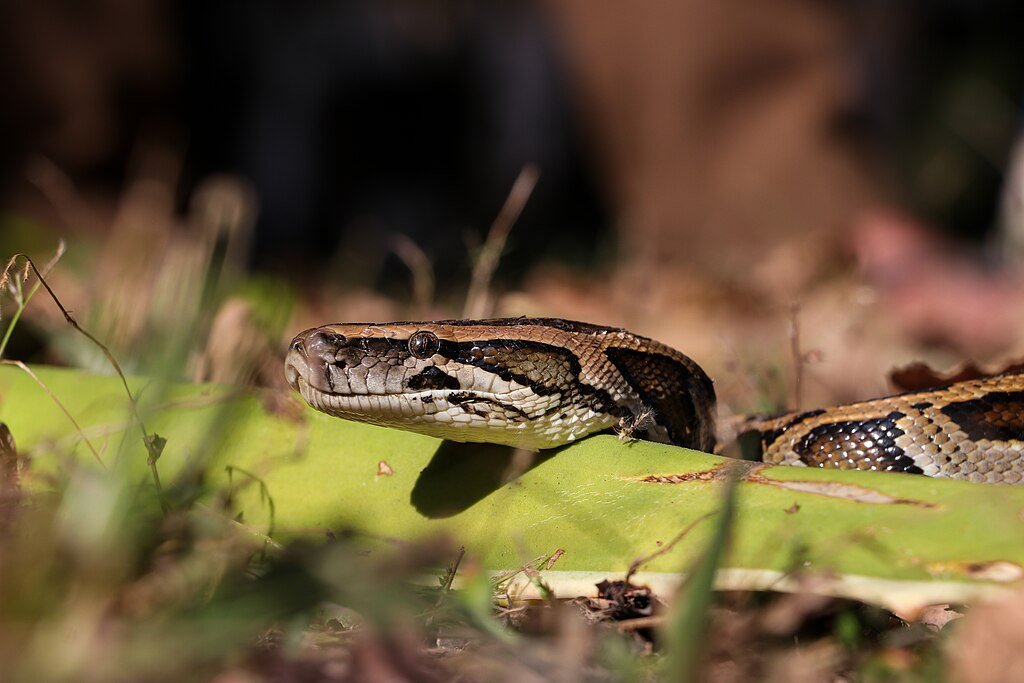
While most predators tend to avoid bones, Burmese pythons (Python bivittatus) have a specific interest in them. Bones supply calcium and phosphorus, which are critical for muscle and skeletal function. However, extracting all the calcium would be catastrophic, leading to hypercalcemia associated with kidney failure, fragile bones, and heart defects in reptiles. So how do pythons manage this delicate balance?
Dr. Jehan-Hervé Lignot and his team at the University of Montpellier found the answer in the snakes’ intestines. Using electron microscopy, they identified ultra-narrow cells with unique “crypts” tiny pockets that fill with calcium-phosphate-iron particles only when the snake consumes bones or calcium supplements. These particles work like sponges, soaking up extra minerals and then safely getting rid of them in poop. There are no more bone fragments; everything has been dissolved.
The Three-Diet Experiment: Proof of a Cellular “Bone Crusher”
Scientists came up with a smart experiment to prove what the cells do. They gave pythons food:
- Whole prey, including bones, made cells that made particles full of minerals.
- No particles formed when snakes ate boneless prey, which led to calcium deficiencies.
- Boneless prey and calcium supplements: The particles came back, showing that the cells respond to calcium, not just the structure of the bones.
The results were clear: pythons couldn’t control their calcium levels without bones or supplements. But when bones were involved, the specialized cells acted like a built-in filter.
An Ancient Evolutionary Trick? These Cells Aren’t Just in Pythons
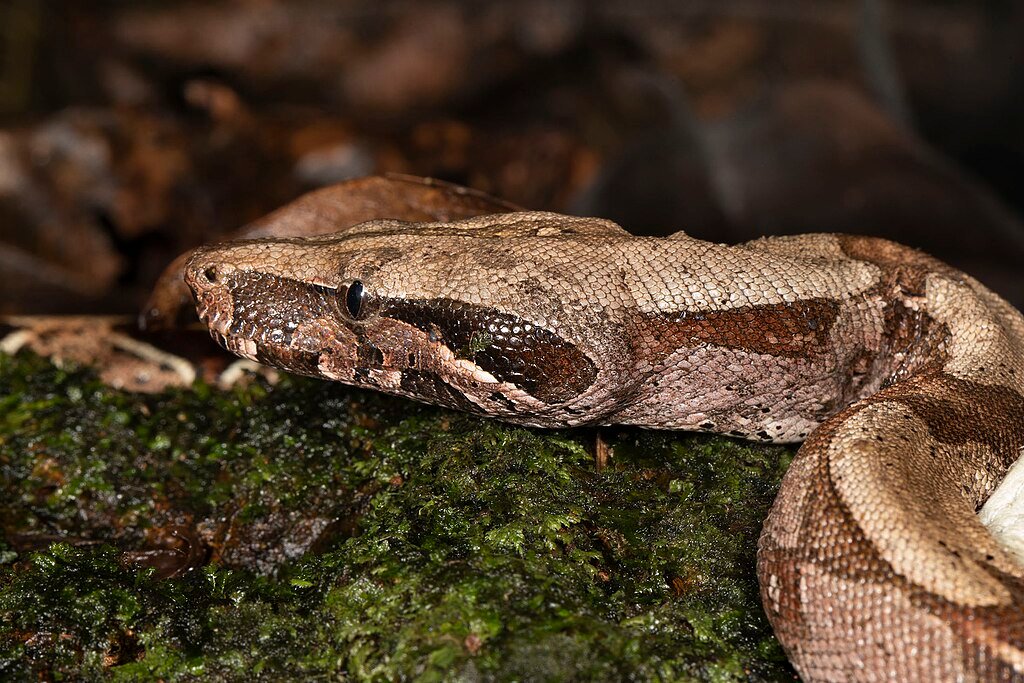
These are the areas where researchers found the same cells which changed the course of the discovery:
- Boas (Boa constrictor) and Gila monsters (Heloderma suspectum) are poisonous lizards that are most closely related to snakes 100 million years ago.
- There are other types of pythons as well; among them, one is the reticulated python.
This suggests there was some early evolutionary restructure that occurred when primordial reptiles began to ingest their prey entirely. Oddly, however, the cells do not seem to have been identified in skeletal eating birds or marine mammals, which indicates that problems have multiple solutions across evolution.
The Florida Python Invasion: Could This Explain Their Domination?
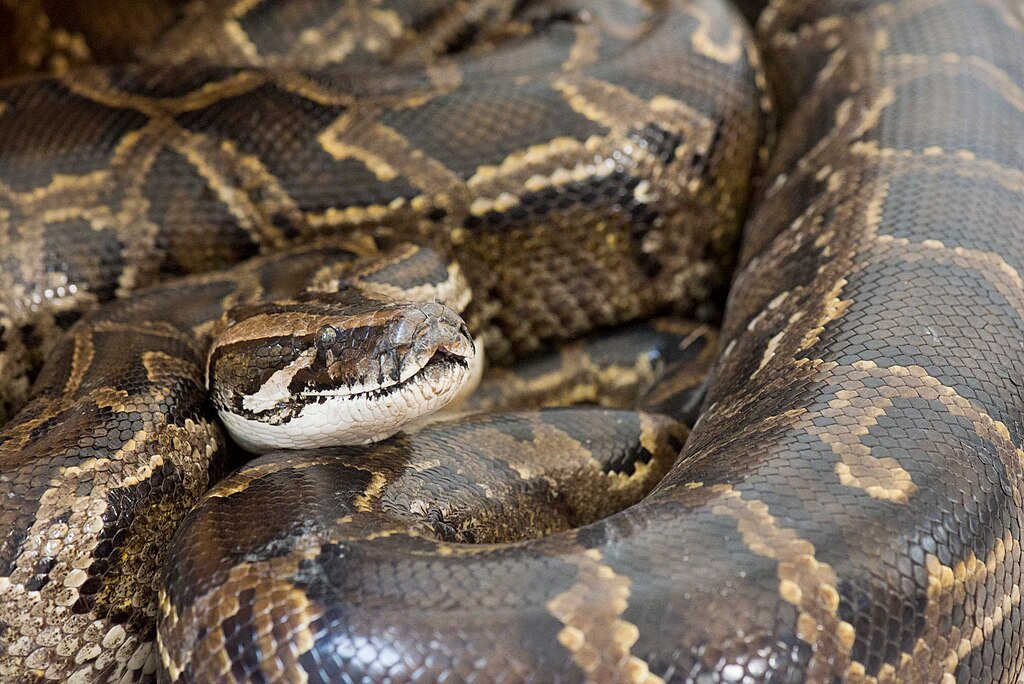
In Florida, Burmese pythons are invasive and kill off native species. Their ability to break down bones could be a secret weapon. Pythons are different from most predators because they eat bones and get every calorie from them. This super-efficient digestion might help them beat their competitors and live longer between big meals. Lignot says that a python can eat prey that weighs 30% of its body weight, bones and all, without losing a single gram.
Beyond Snakes: Could Dolphins and Bearded Vultures Have Similar Cells?

The study opens up a new area: Do other animals that eat bones, like:
- Bearded vultures, which relate to vultures, drop bones from high places to break them open?
- Orcas, which are known to eat seals whole?
- Sharks eat fish with bones in them?
Lignot thinks they might use different ways to do things. He says, “This is a problem that marine predators have to deal with.” New ways of digesting food could be found in future research.
Medical Mysteries: Could Humans Ever Mimic Python Digestion?
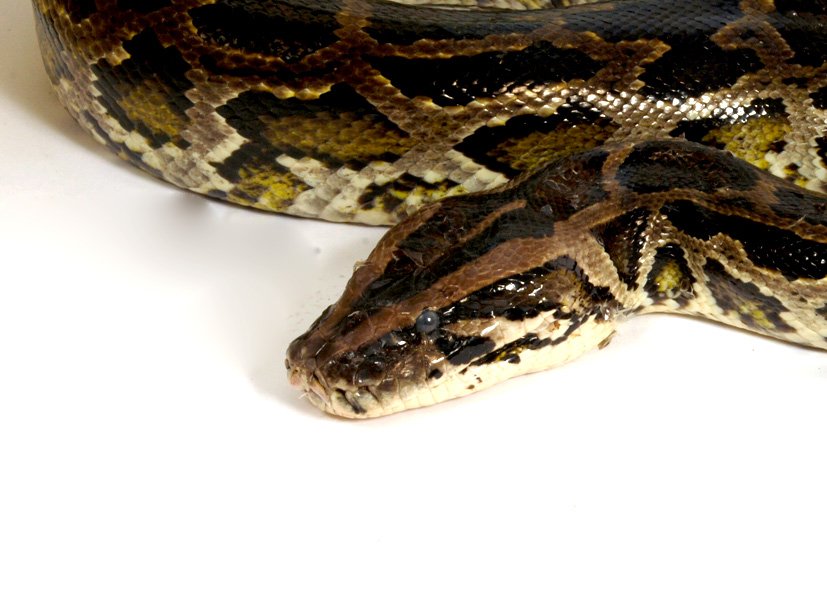
While no one is planning on dining on rabbits in one bite, the study is interesting for biomedical scientists. Understanding how pythons sidestep illness associated with mineral over-consumption may help formulate approaches for:
- Encouraging calcium absorption which aids in treating osteoporosis.
- Mimicking the removal of certain minerals for some types of kidney disease.
Lignot says, “An evolutionary analysis would be great,” and it could make all the difference.
Conclusion: A Reminder of Nature’s Ingenuity
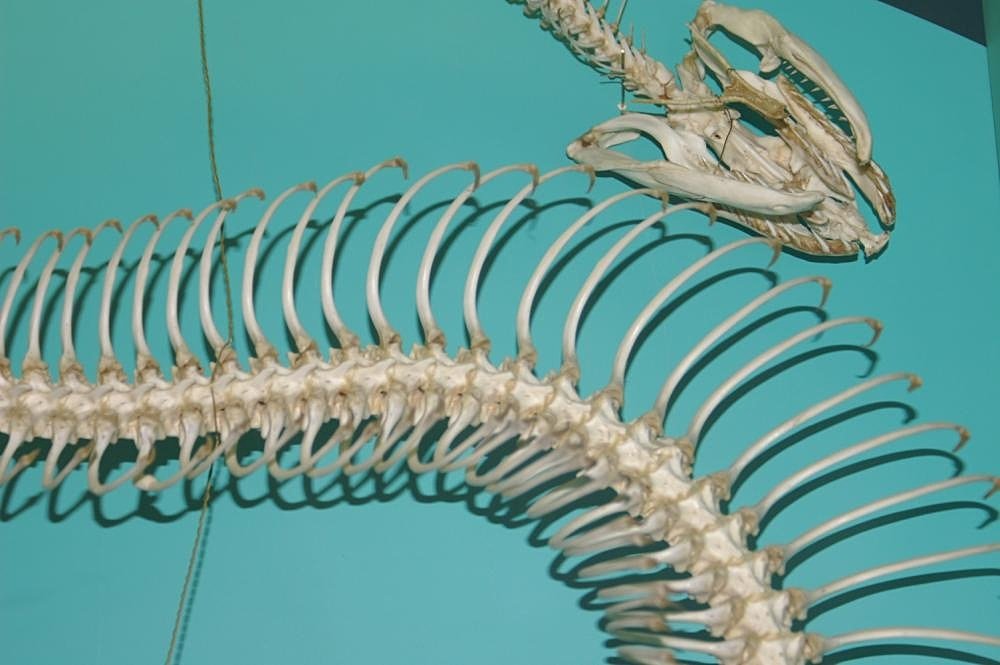
The osteoclasts in a python’s bones which decompose bone tissue illustrate cellular evolution very well. What appears to be a dreadful manner of consuming food is actually a means of survival that allows a creature to conserve energy and has evolved over millennia. It is not entirely clear what other biological wonders lie concealed in the intestines of the most efficient predators on earth, and how much they still have left to unravel is hardly limitless.
Sources:

Suhail Ahmed is a passionate digital professional and nature enthusiast with over 8 years of experience in content strategy, SEO, web development, and digital operations. Alongside his freelance journey, Suhail actively contributes to nature and wildlife platforms like Discover Wildlife, where he channels his curiosity for the planet into engaging, educational storytelling.
With a strong background in managing digital ecosystems — from ecommerce stores and WordPress websites to social media and automation — Suhail merges technical precision with creative insight. His content reflects a rare balance: SEO-friendly yet deeply human, data-informed yet emotionally resonant.
Driven by a love for discovery and storytelling, Suhail believes in using digital platforms to amplify causes that matter — especially those protecting Earth’s biodiversity and inspiring sustainable living. Whether he’s managing online projects or crafting wildlife content, his goal remains the same: to inform, inspire, and leave a positive digital footprint.




